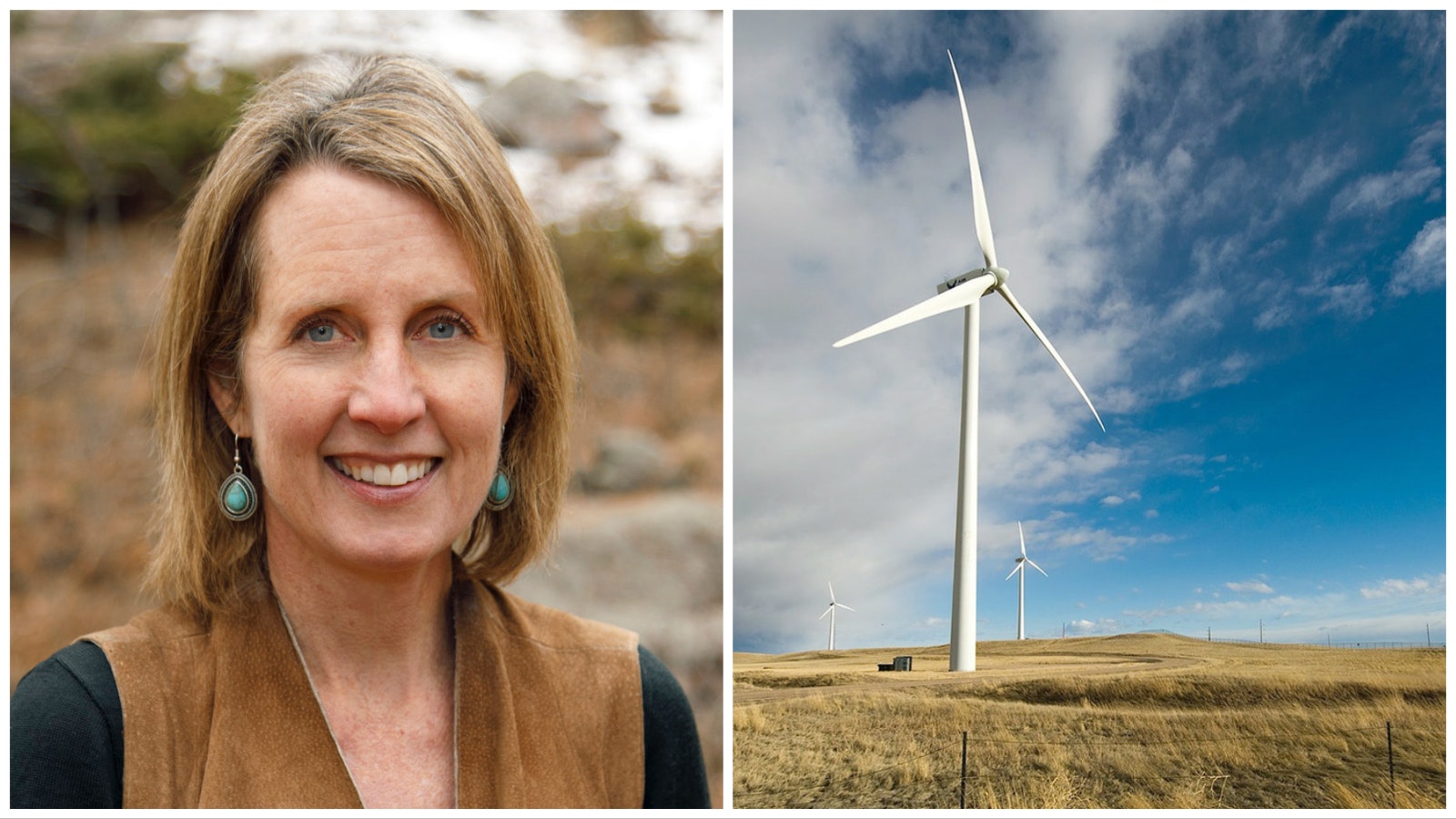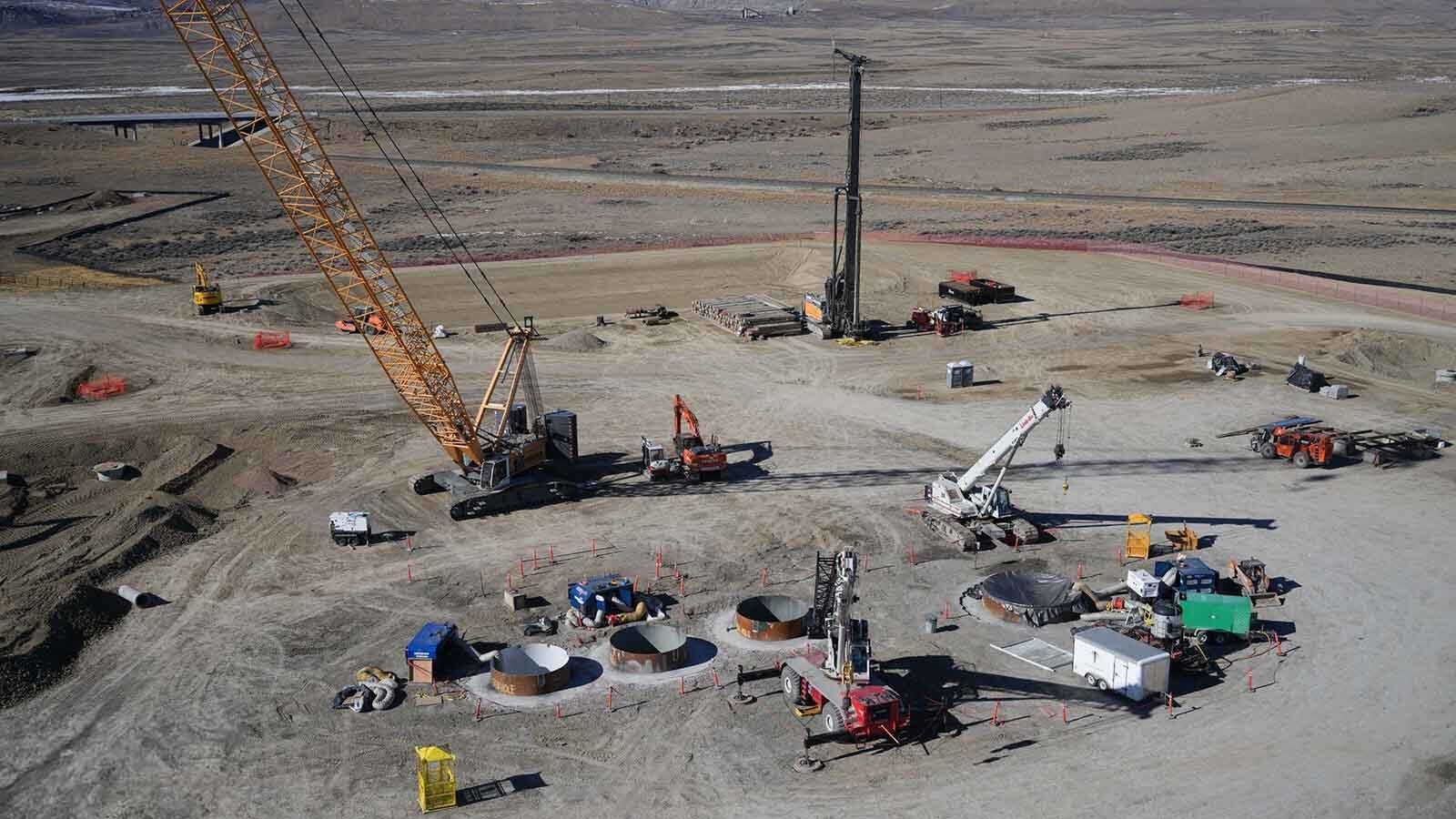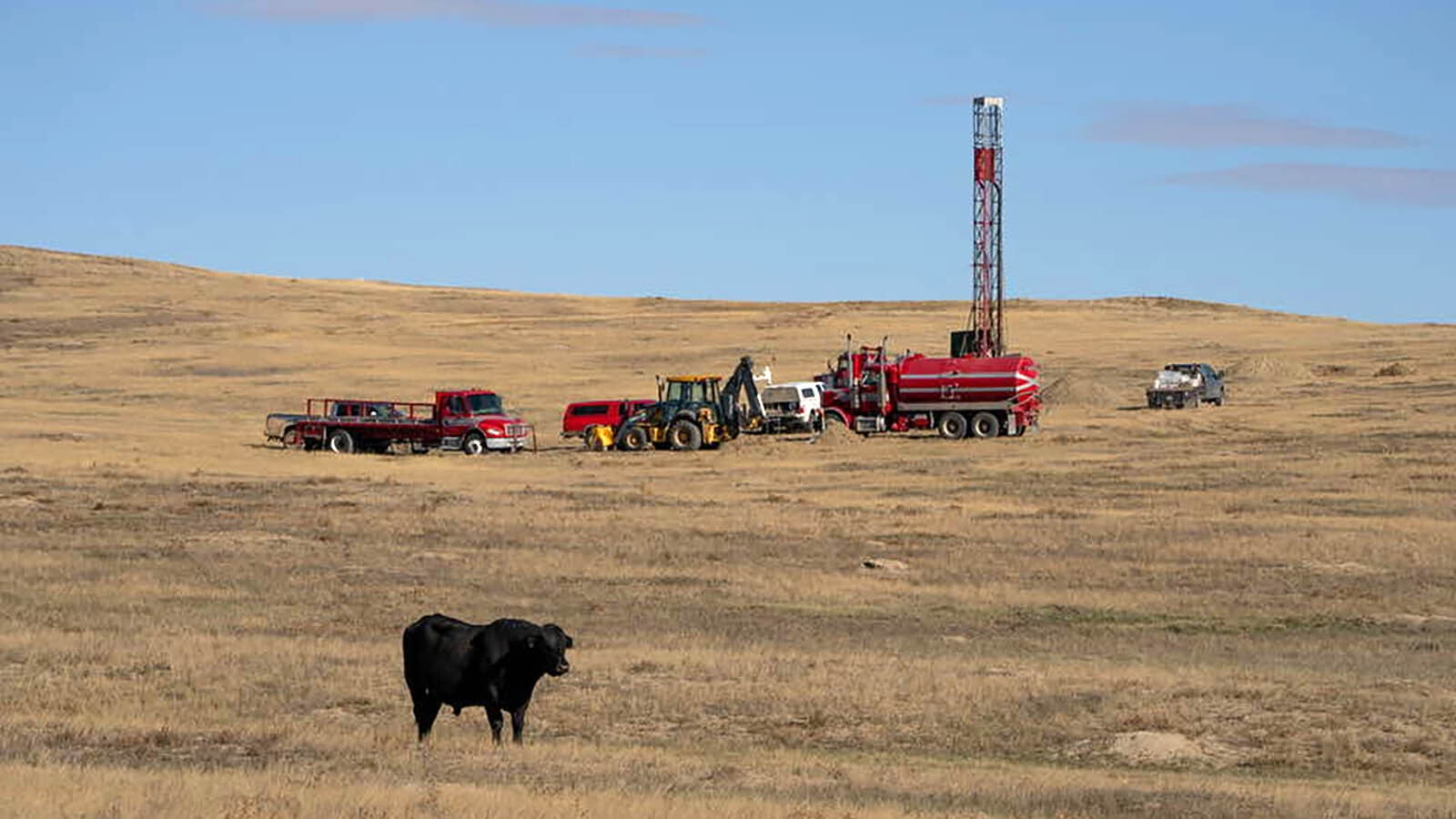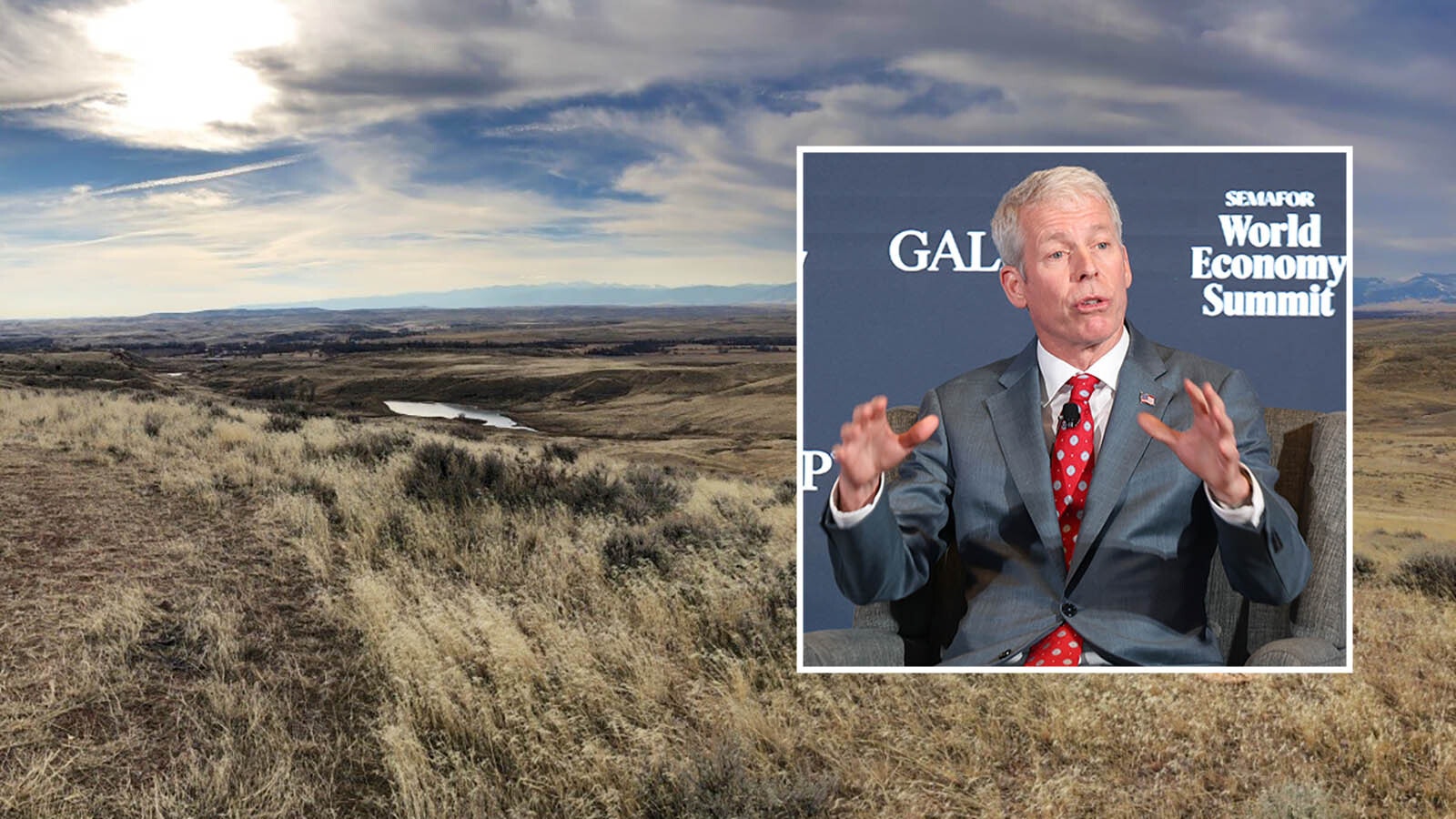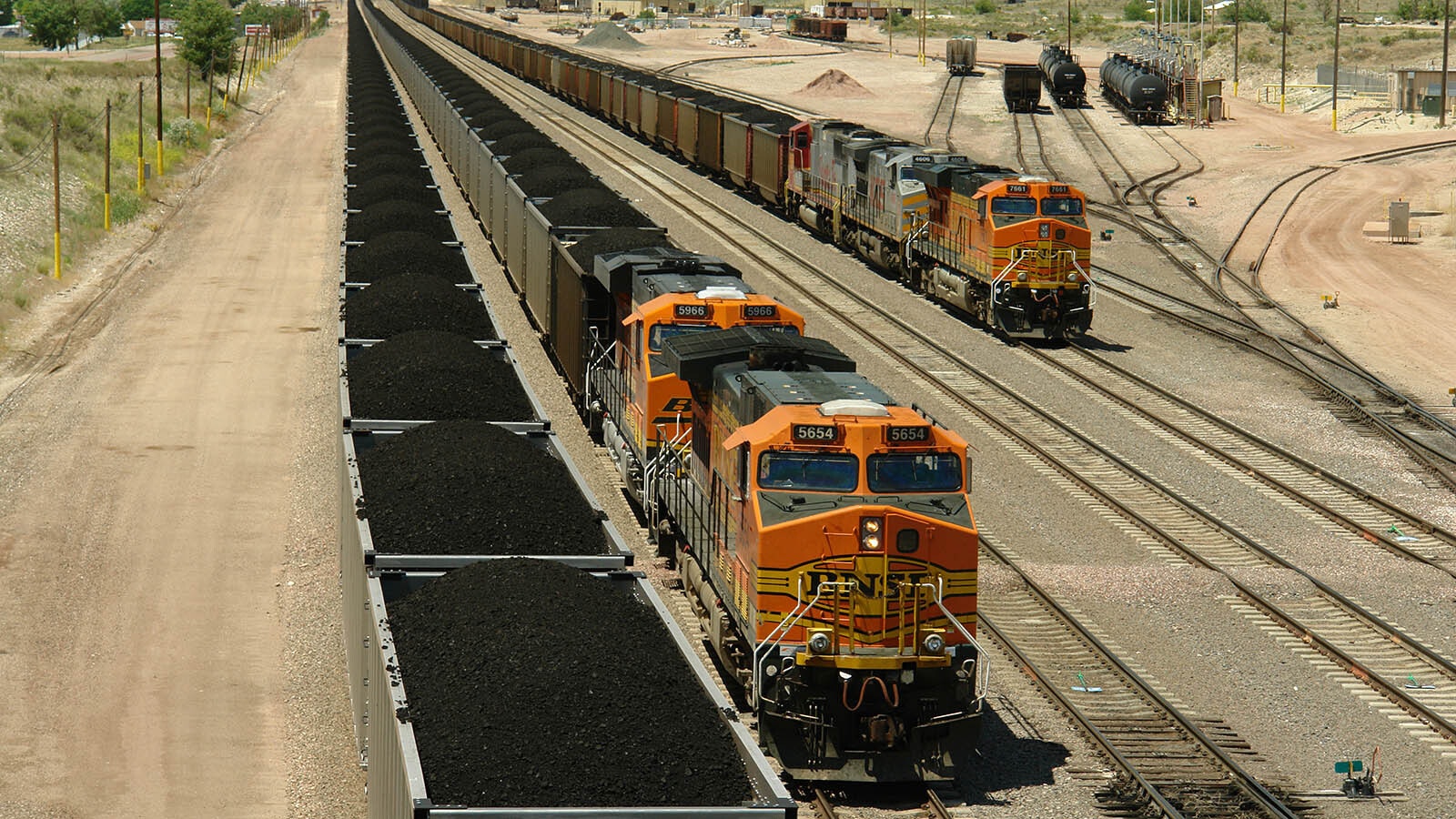Anne Brande, executive director of the Albany County Conservancy, wants to prevent Wyoming from repeating the same mistakes with wind she says the state has made with oil and gas.
The Wyoming Supreme Court on Monday upheld a district court decision against 50 landowners who oppose the Rail Tie Wind project, to be built near Sherman.
The landowners claimed that Albany County commissioners didn’t follow the law when they approved the project’s special-use permit. The court disagreed.
“Are we shocked?” Brande said about the decision. “I’m not shocked.”
Accountability
Brande said the decision reflects the way in which wind is charging forward without carefully considering all the impacts of the industry and doing the proper due diligence.
She said she’s not anti-wind energy, but is concerned about how the spread of wind turbines across Wyoming will impact wildlife, the viewshed, and archeological and historical sites.
For her, it’s about preserving a valuable piece of life in Wyoming she believes could be lost if wind developers aren’t properly held accountable the same way oil, gas and coal companies are.
While most activists focusing on an issue can list out their concerns in a series of talking points, Brande’s concerns are not as easily bulleted. She places high value on history and the preservation of memories.
“You have to have a sense of where you come from. History, unless you discuss it, is like wind on the buffalo grass,” Brande said.
Family History
Brande is a fourth-generation Wyomingite.
Her great-grandfather, Henning Svenson, was the court photographer for German emperor Kaiser Wilhelm II. He was at the unveiling of the Eiffel Tower and was hired for a job on Fifth Avenue in New York City.
He eventually hopped on a train and headed West in search of a new life. When the train arrived in Laramie, it stopped overnight to take on ice, which was cut from the Laramie River. At the time, that was the best people had for refrigeration.
During that overnight stay, Svenson fell in love with the town, and the family has been there since.
Her father, like her grandfather, had a photography studio in Laramie that processed film from across the ntire region. The studio moved to its current location in 1927.
“I grew up in a darkroom, literally,” Brande said.
Capturing Experience
Today, the business is called Ludwig Photography Studio. The lobby is like a museum itself with antique cameras, printing presses and empty bottles of chemicals that were once used to develop film.
Around the studio, Brande has contact prints from various perspectives in Laramie from the early 1900s. These panoramic views were made from the original film negatives and almost no one does the process to produce them anymore. It’s an art being lost as the world of digital replaces the past.
When clients come into Brande’s studio, the process begins with a conversation. She’s not looking for where they want to stand for their wedding photos or what backdrop to use for their newborn portraits. She tries to create a visual piece of art that captures an emotional experience her clients are having.
“I want it to have a story. Why is this photograph important to you? Why now? Where are you happiest?” she explains.
She was taking a similar approach with Wyoming history when she envisioned a museum.
The impacts of a wind project on the planned museum is what led her to found the Albany County Conversancy.
Wrong Place
The museum includes a migration trail on Highway 287, starting in Sherman and going to Tie Siding. The route would wind through miles of open space that are home to about 162 historically significant sites.
The strip of land also is the location sited for the 504-megawatt Rail Tie Wind Project, which would include about 120 wind towers.
Brande didn’t even know there was any project there until she received a letter from the Federal Energy Regulatory Commission explaining the plans for the project.
“I told my husband that very moment, I said, ‘That’s the wrong place,’” she said.
Besides the historic sites that will be impacted, she said she’s seen elk herds in the area numbering in the hundreds.
Many others apparently share her concerns. Brande said the conservancy, in its first year, raised $145,000 for its efforts.
Why Wind?
She used some of the money for a couple billboards. They showed a photograph of a Wyoming landscape free of wind towers with the words “Why Wind?”
She wanted a simple message that drivers would receive quickly driving down the interstate, and she didn’t want it to be seen as a political slogan. She wanted it to be a rhetorical question.
“To me it’s not political. We all like clean air. We all breathe it. We all like clean water. We all like wildlife. We all like outdoor recreation. We all like history,” Brande said.
With dozens of wind projects planned for Wyoming and funded generously by government subsidies, Brande said the towers will be up before people can consider the ramifications.
Some estimates place the total loss of eagles from the project at nearly 30%. Brande said the pronghorn that migrate through the area where these projects are going up will have their corridors disrupted by the noise and activity the wind farms produce. This will ultimately harm the state’s tourism industry.
These externalities are not being considered in the race to tap into federal dollars, Brand said.
“When the per-capita income in Wyoming plummets to a level at or below that of Mississippi due to wrongly sited renewable energy projects, what then?”
She’s concerned that the wind developers and the policymakers approving the projects aren’t considering what the loss of biodiversity will mean to the state.
Membership Drive
Brande said she wants to get more people involved in examine these projects, consider the impacts and be part of the permitting process.
“The more members I have, the stronger and more sound I am as a nonprofit,” Brande said.
While people will be involved in the permitting of other projects, they seem more hesitant to be involved and less informed about wind projects.
“I think if people did a short dive, they'd realize we don't really mitigate. It's out of state groups that are developing, and they're trying to get in and out quickly,” Brande said.

